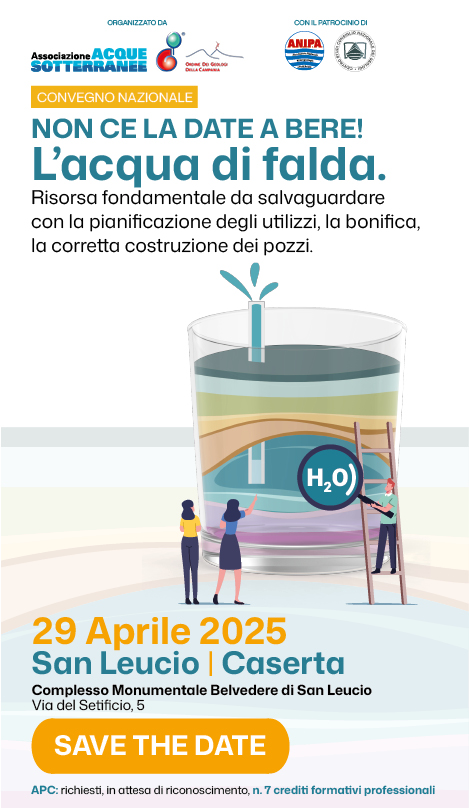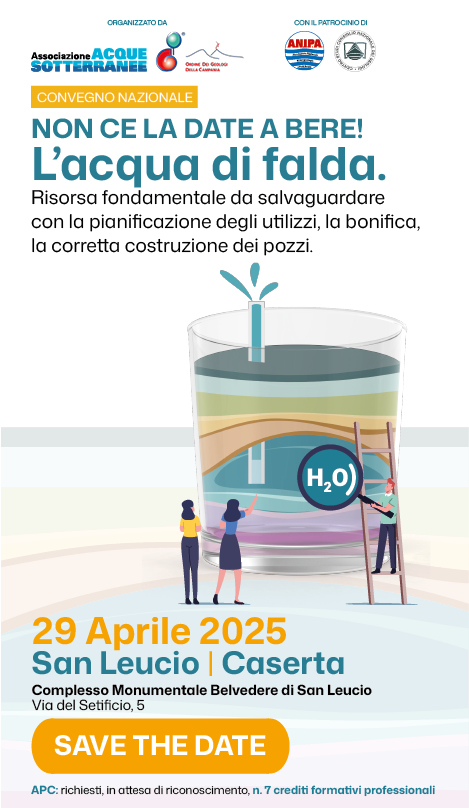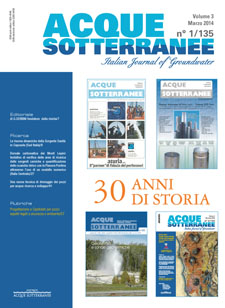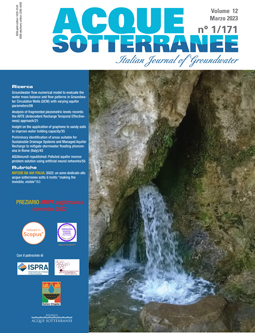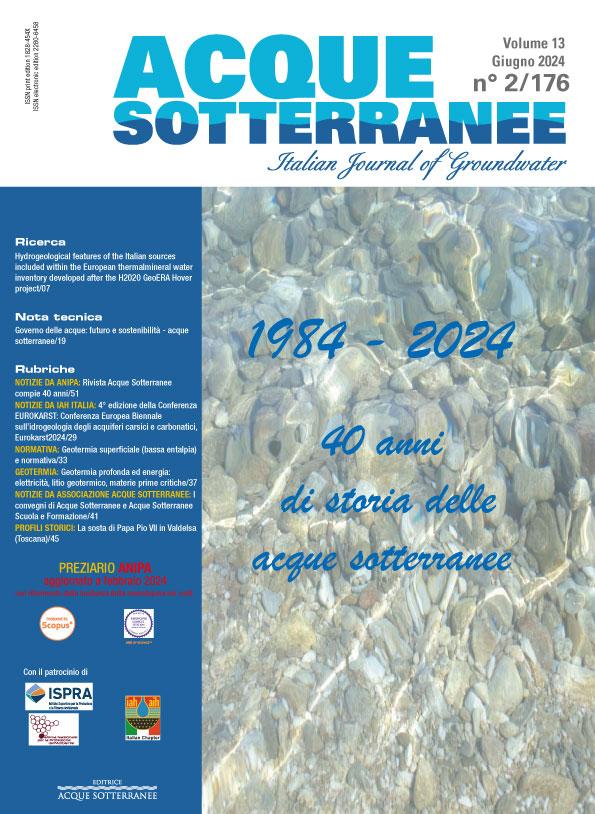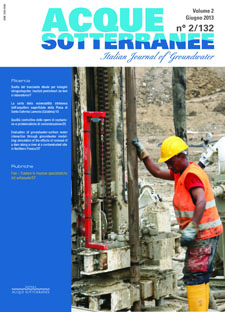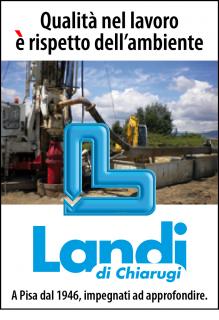Climate Change Impact Investigation on Hydro-Meteorological Extremes on Zambia’s Kabompo Catchment
Climate change impact investigation on hydro-meteorological extremes in Kabompo catchment was carried out using three emission scenarios A2, A1B and B1 representing high, middle and low case future climate change scenarios for the 2050s respectively and the subsequent impact on intensity duration frequency curves (IDFs) was assessed. This was done so as to support need for adapting water engineering and related designs to impacts of climate change. The rainfall outputs for three climate models and scenarios were downscaled using the change factor method whereby monthly change factors were first obtained and then applied to daily time series to obtain future (downscaled) time series. The results for CGCM 3.1 and CNRM 3.0 models revealed an upward shift in IDFs while CSIRO MK3.0 gave a slight downward shift. The strengths and weakness of the change factor method have also been outlined. The importance of downscaling has also been discussed. Flood and drought frequency analyses were also carried out to aid in decision support pertaining flood and drought preparedness whereby flow duration frequency (QDF) curves were constructed to aid in the analysis. For flood frequency, it was observed that for a given aggregation level, the highest flow rate corresponds to the highest return period (≈1778 m3/s for T=100) whereas for drought frequency the QDF relations gave lowest flows in the lowest aggregation level (≈36m3/s for T=100). Data and studies on emergency events in Zambia suggest a drastic increase mainly in the flood events. However, they do not vividly show whether this trend is due to an increase in precipitation or whether underlying sensitivity factors such as changes in landuse patterns (e.g. cultivation of flood-prone land, deforestation, etc.) play a more significant role. Lack of continuous data in Zambia’s water sector is a big hindrance to reliable information on how climate change will affect Zambia’s water resources. There is need to fully operationalize IWRM principles, improve the hydrological network, and for flexible solutions (considering different scenarios).

